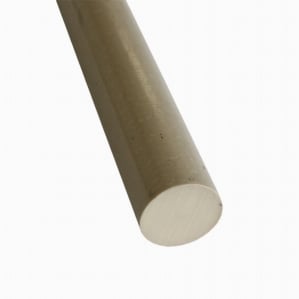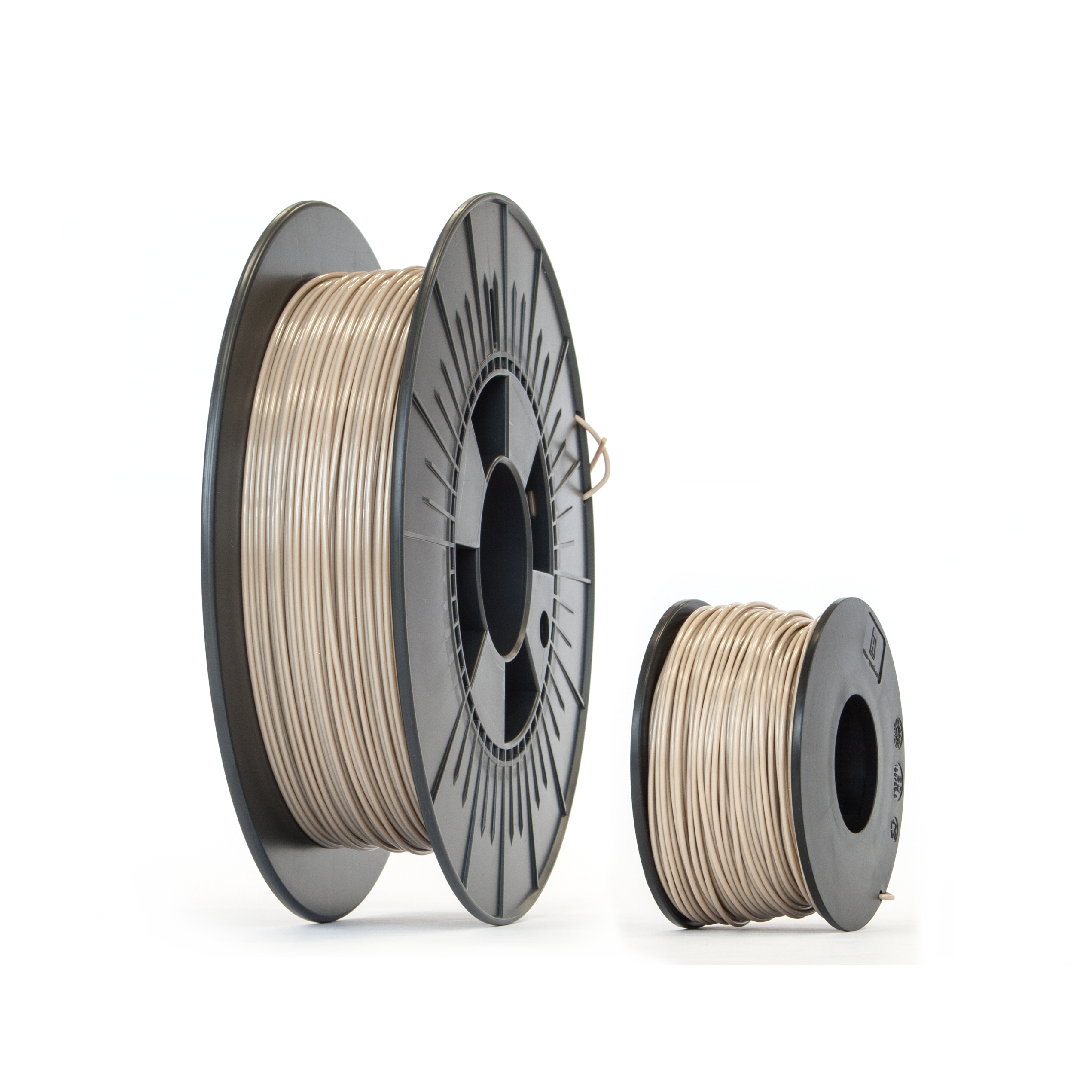

Certain processing conditions and post-processing thermal treatments can offer minor differences in physical properties. So, designers may select flow grades based on their intended fabrication method. PEEK exhibits the same basic crystallization behavior when it cools to the solid state, generating the same crystal structure and essentially the same semi-crystalline morphology overall.

These are relevant considerations for designers expanding existing product lines or innovating new applications. Grades favouring slightly larger average molecular sizes also crystallise more slowly at a given temperature. Such grades have been shown to deliver improved ductility, durability, notch sensitivity and fatigue resistance than comparable resins. Although commercial resins within a certain flow grade may all share a similar average molecular size, closer examination may reveal some grades offer a narrower distribution biased toward larger molecules. PEEK’s molecular size is determined by its flow grade, and the resin’s manufacturing technology. For example, lower average molecular weight and a distribution of molecules that is shifted toward smaller sizes can result in a two- to three- times reduction in viscosity vs. Smaller molecules correspond to lower viscosity and higher flow. PEEK’s physical properties, such as crystallinity, strength, stiffness and ductility, can be modified by controlling the bulk resin’s average molecular size, often described as molecular weight distribution and associated molecular weight averages.

In medical implants, the typical crystallinity is between 30 and 35%, depending on the melt fabrication process and post-fabrication thermal treatments. The level of strength and stiffness depend on the level of crystallinity, whereas the amorphous region determines ductility and fatigue responses. metals, leading to high specific strength. The regular, linear structure of the PEEK backbone is rigid and crystallisable, which makes the bulk material strong and stiff. This aromatic backbone, along with PEEK’s crystallinity and lack of hydrolysable groups, helps explain its excellent chemical resistance, its ability to withstand sterilisation and its excellent resistance to in vivo degradation.

Generally, the polymerisation process through which PEEK is synthesised results in a molecular structure consisting of repeating units of aromatic rings linked by ether, ether and ketone. Understanding these relationships can lead to the design of more innovative, functional and reliable medical devices and implants. These include the material’s molecular structure, its processing and its unique material properties.
#Bulk peek material full
To take full advantage of PEEK’s capabilities and benefits, it is helpful for designers to better understand the three interrelated factors that influence PEEK’s performance. Solvay’s Zeniva PEEK finds application in numerous implantable devices and in the development of new applications cleared by the FDA as well as by other regulatory bodies globally.
#Bulk peek material iso
While these high-performance materials share fundamental properties with conventional PEEK grades, they are manufactured in compliance within the relevant guidelines of ISO 13485 and under the applicable requirements of current Good Manufacturing Practices. Implant-quality grades of PEEK, such as Solvay’s Zeniva ZA-500 and ZA-600, conform to the requirements of ASTM F2026 Standard for PEEK polymers targeting surgical implant applications. PEEK has also shown it is an effective alternative to metals for implantable medical applications, where targeted grades deliver enhanced chemical inertness and biocompatibility for intracorporeal devices, such as surgical implants or components of surgical or dental devices. PEEK offers several benefits over metals commonly specified for medical device designs, including lower weight, enhanced aesthetics, more favorable ergonomics, improved costs and easy colorability – which enables devices that are easily and quickly identified in the operating room. Polyetheretherketone (PEEK), a resin commonly fabricated via conventional melt processing methods, delivers particularly advanced performance in high-end applications, including aerospace, chemical processing and increasingly in medical devices. Yet high-performance polymers can offer the same level of strength and rigidity as metals at ambient temperature, along with additional advantages. Specifying plastics for medical devices can be a major challenge for designers used to working with metals. Shawn Shorrock, global business manager, healthcare, Solvay Specialty Polymers talks PEEK in the med-tech space.


 0 kommentar(er)
0 kommentar(er)
